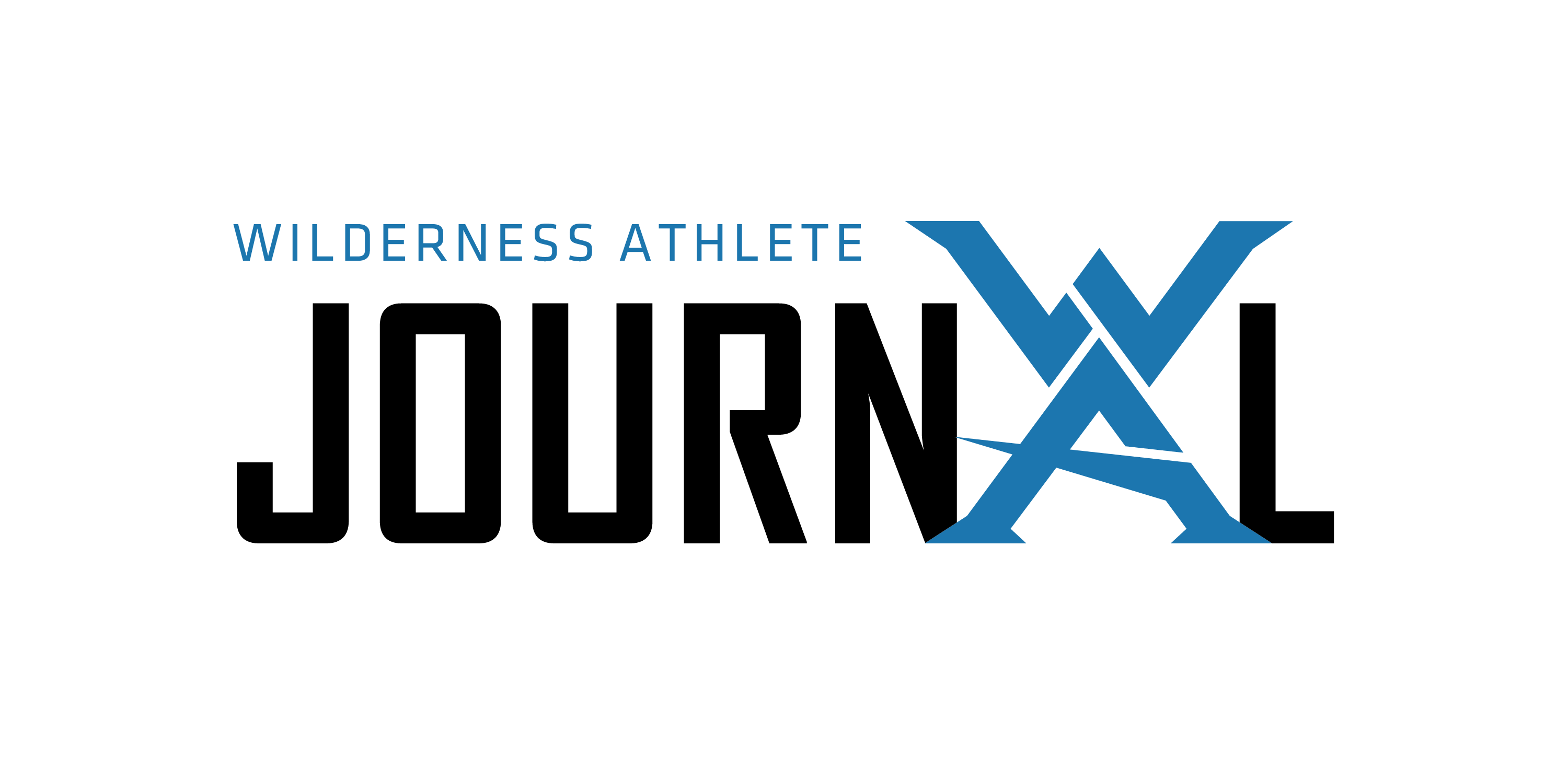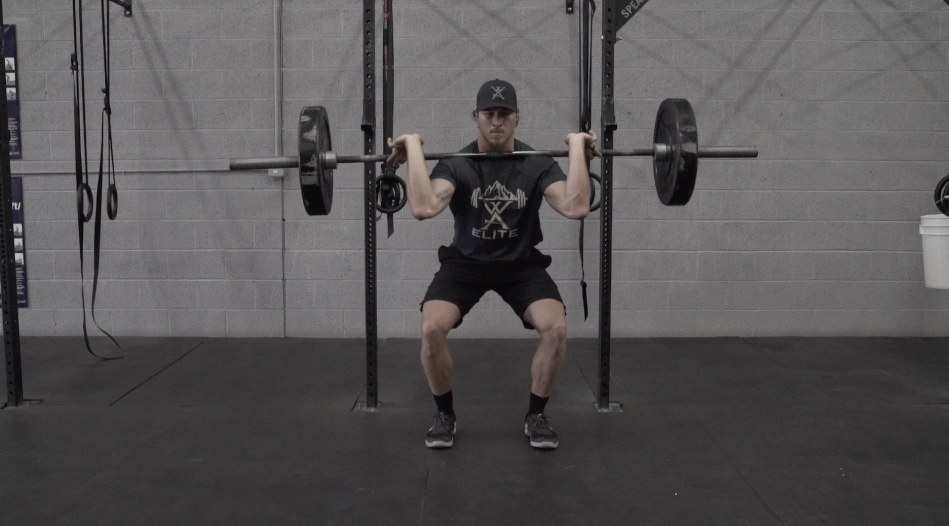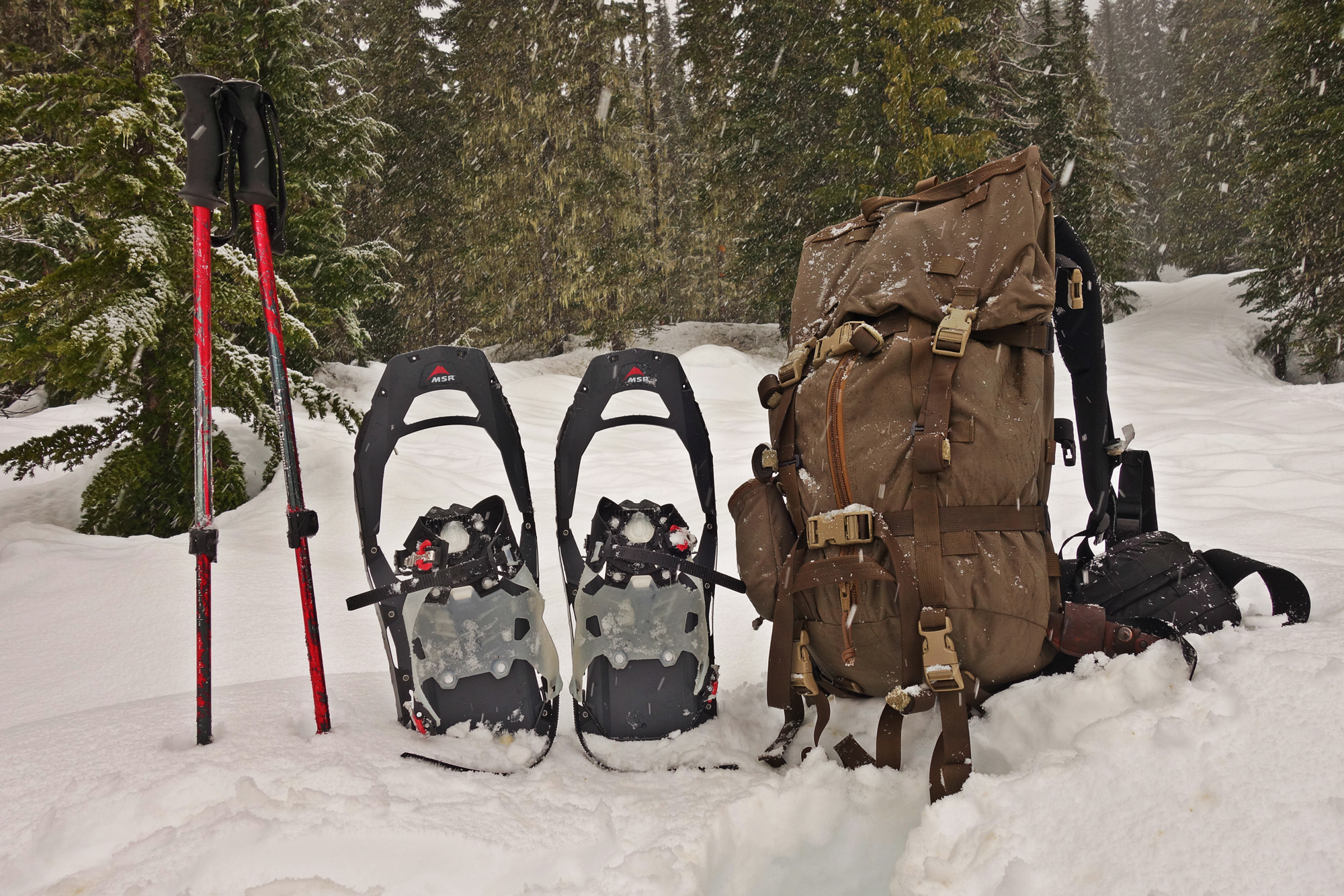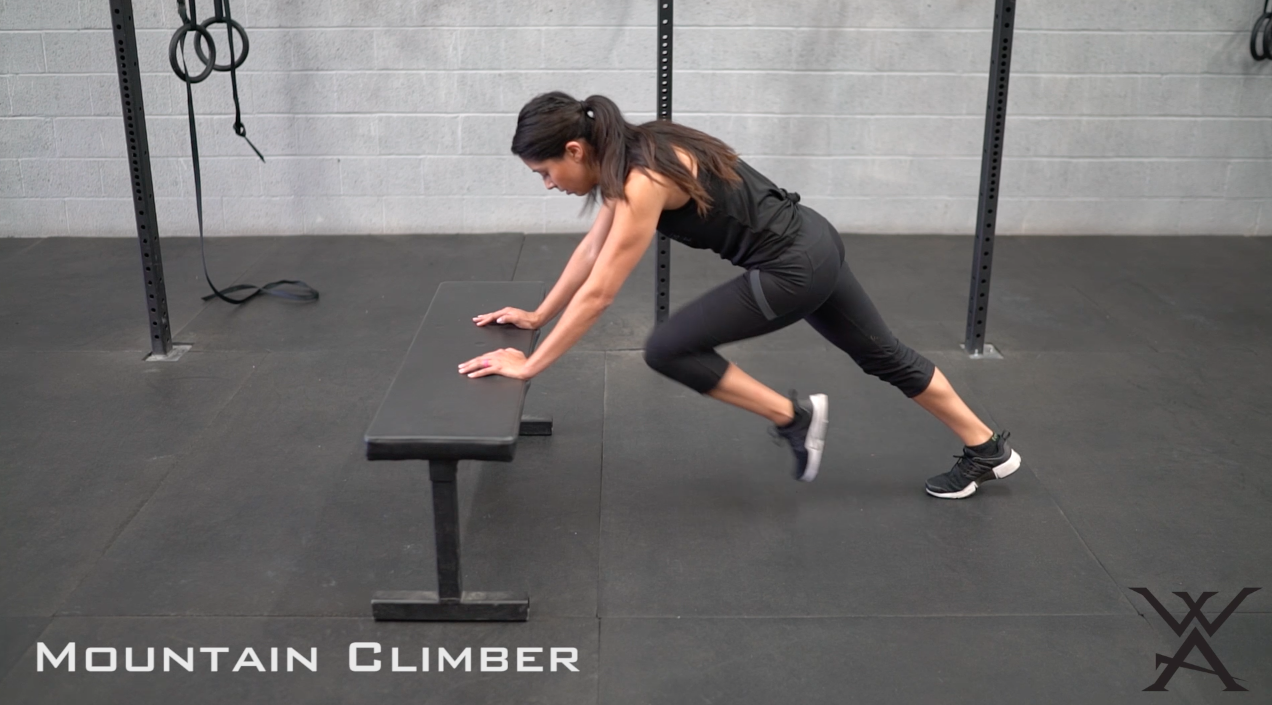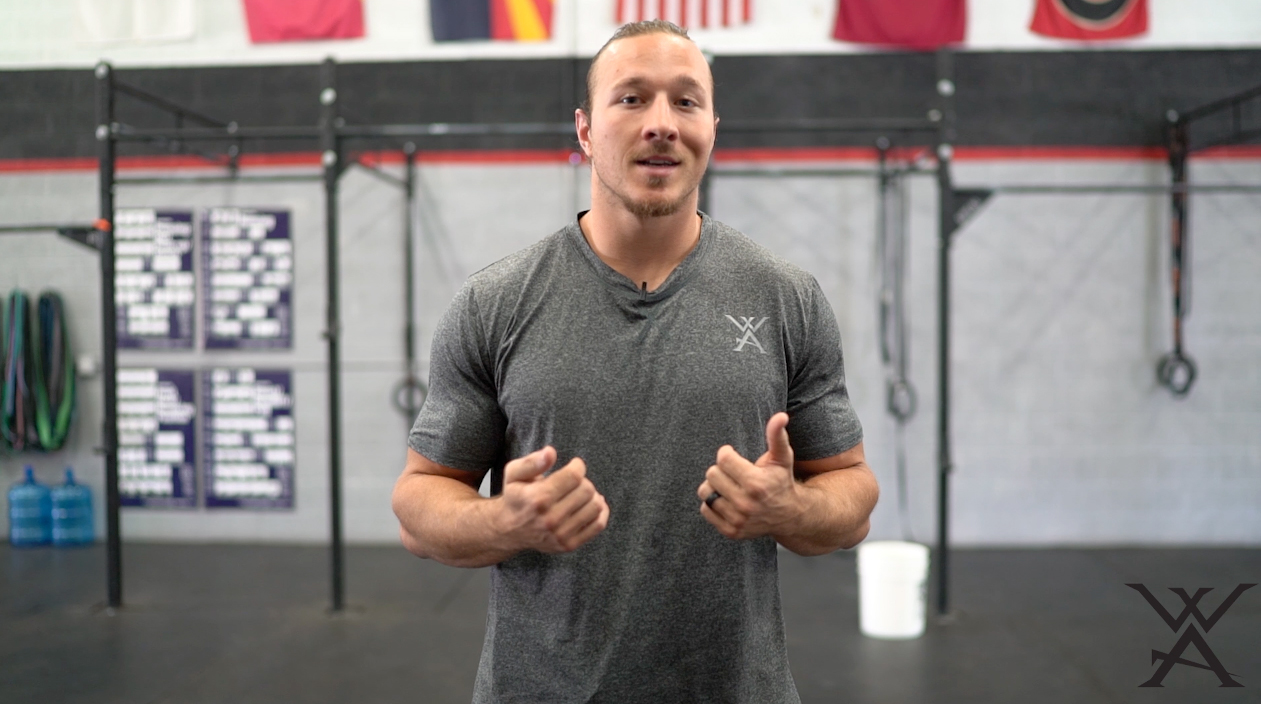Who’s To Blame?
“Oh, my aching back! My knee’s are killing me. My Ankle is always throbbing.” These are the issues that many of us deal with on a daily basis. Not all at once, but one issue today, and then it’s another issue tomorrow. It always seems that once you have ridden yourself of one problem, another springs up. Where do these problems come from? Many times the reason that one of our body parts is in pain is that somewhere else we have, through the days, weeks, and years, created a bad habit in our posture or simply just allowed our daily routine to beat us down and consequently this results in imbalances and injury. Let’s take myself, the seated worker that I am right now. I sit here typing Wild Skills, all the while I feel my hip flexors slowly tightening little by little. These are the daily positions, like sitting at a desk, that we become accustomed to.
We need to be able to break out of this cycle and find the real culprit and source of our pain.
Many people try to treat the affected area with ibuprofen and ice and they don’t realize that the source of their pain lies somewhere else. For many of us, the pain originates in our hips. Many of our nerves and small muscles crisscross through the “Hip Girdle” and get compressed by weak muscles, tight muscles, or unused muscles that only deteriorate more as we age.
We are going to dissect one of the best positions that can help get your hips healthy and moving correctly again and also give you some drills and stretches to incorporate into your daily routines that will help bulletproof you against those nagging issues that seem to linger.
Why Unilateral Movements Are So Important
As I mention in this video, I have been the #1 victim of too many double leg movements. While I have built strong legs I found that it did not at all translate on the mountain or to functional scenarios as much as I would have liked. I built mass but that mass took energy and a lot of it.
I have been tailoring my leg routines through the years and now I split almost every leg day 50/50 into double leg movements and unilateral movements like lunges. I have recently enjoyed putting these single leg movements into the beginning of my routines.
Here are just a few benefits:
- They act as a warmup in themselves because you are warming up with lighter weights.
- They allow you to continue training around an injury.
- They correct left-right strength and size asymmetries.
- They improve general balance and proprioception.
- They’re similar to athletic movements such as running and bounding and therefore have a strong motor carryover to sports.
- Allows for de-loading of the spine-using half the weight is twice the work.
Tony’s Tips | The Lunge
“What’s important is not what kind of lunge you perform but how you perform it.”

The details are very important to fix those weak links. The key is keeping your initial step the same width of your stance that you started with. Take a long enough step to challenge your balance and mobility but not too far to make it difficult. Don’t allow the knee to glide past the toe and work to maintain a perfectly neutral spine throughout the entire movement.
When you do a lunge properly the agility/proprioception in your foot/ankle should be working very hard. This is critical because that is one of the first links in the kinetic chain to generating power from the lower body. If this is not done, then you are just loading the knee and quad tendons and not activating the posterior chain.
Once you have mastered lunges it can do wonders to save your back and knees.
Remember, “you need a smart core, not just a strong core!”
